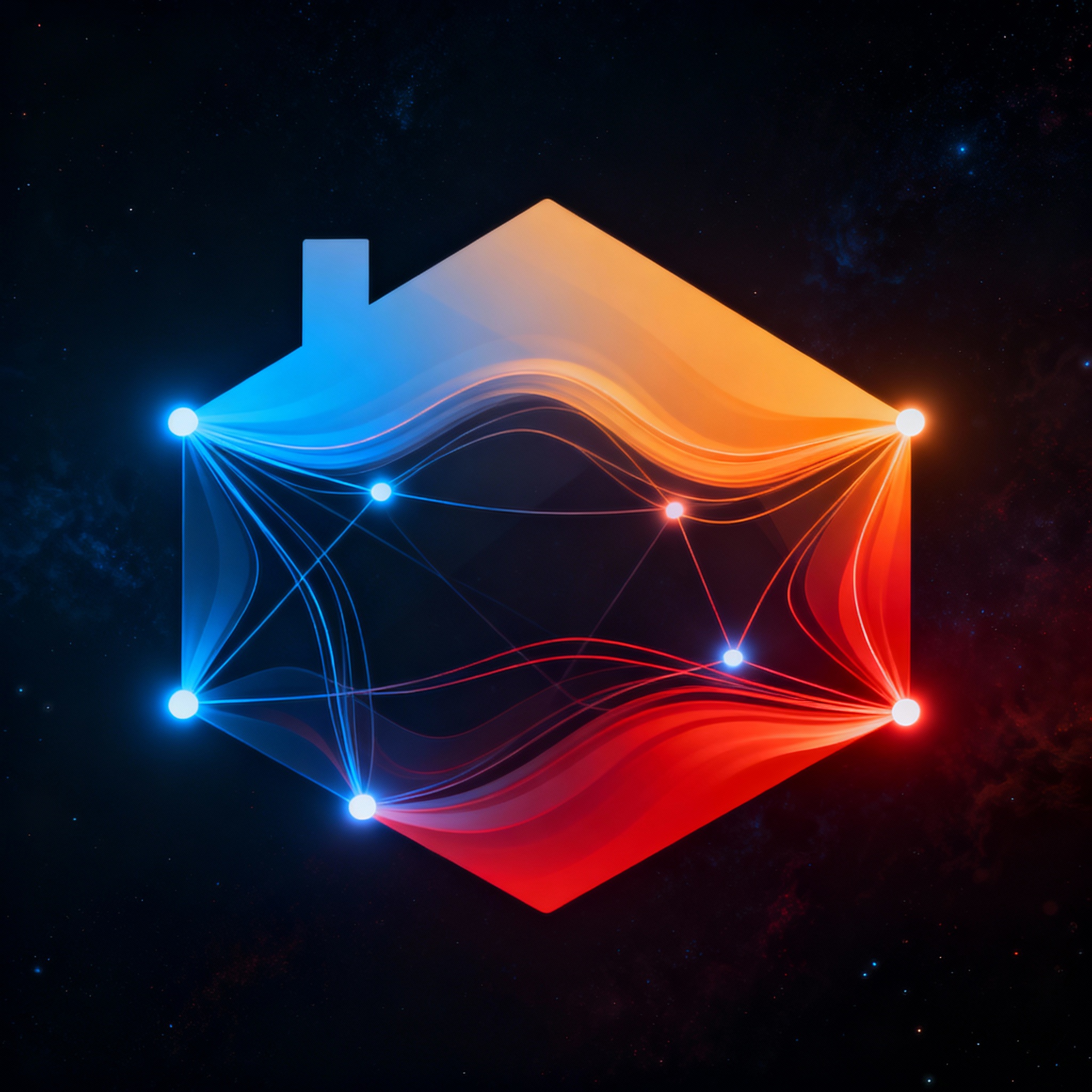
Building Academic Paper Discovery Systems with Retrieval-Augmented Generation
Building Academic Paper Discovery Systems with Retrieval-Augmented Generation
More than 2.5 million scientific papers get published each year, according to estimates from major databases like PubMed and arXiv. For researchers, sifting through this deluge to find the right studies can feel like searching for a needle in a haystack. That's where Retrieval-Augmented Generation (RAG) comes in—a technique that pairs powerful language models with targeted retrieval mechanisms to surface relevant academic papers efficiently.
As a technical blog writer for ChatRAG, I've seen how developers use our Next.js boilerplate to launch chatbot agents that tackle real-world problems like this. In this post, we'll explore how RAG can power academic paper discovery systems. We'll cover the core concepts, key architectures, enhancements for robustness, and practical steps to build your own. Along the way, I'll weave in insights from recent research to ground our discussion in cutting-edge developments.
Understanding RAG in the Context of Academic Research
At its heart, RAG works by first retrieving relevant documents from a large corpus and then using a generative model to synthesize or expand on that information. For academic paper discovery, this means querying databases of research articles, pulling the most pertinent ones, and generating summaries or recommendations tailored to the user's needs.
Imagine a graduate student working on a thesis about climate change impacts. They input a query like "recent studies on Arctic ice melt and biodiversity." A traditional search engine might return thousands of hits, many irrelevant. A RAG-based system, however, retrieves a curated set of papers—say, the top 10 most relevant based on semantic similarity—and then generates a concise overview, highlighting key findings, methodologies, and citations. This not only saves time but also uncovers connections that might otherwise go unnoticed.
Recent advancements have pushed RAG beyond basic retrieval. For instance, GraphRAG, which integrates graph structures into the process, allows for more nuanced relationships between papers, such as citation networks or thematic clusters. This can reveal how one study builds on another, providing a richer discovery experience.
Key Architectures for RAG in Paper Discovery
When building a RAG system for academic research, the architecture you choose sets the foundation. Basic setups involve an embedding model for vectorizing papers, a retriever like BM25 or dense passage retrieval, and a generator like GPT-4.
But for academic contexts, where precision matters, hybrid architectures shine. Consider cooperative retriever designs that combine multiple retrieval methods. CoRAG, for example, uses a cooperative architecture where retrievers work in tandem—one handling keyword-based searches and another focusing on semantic understanding. This setup ensures that both exact matches and conceptually similar papers get surfaced, reducing the chances of missing critical references.
Another approach is optimizing the entire RAG pipeline end-to-end. Systems like OpenRAG train models to learn retrieval in context, adapting to user queries dynamically. In practice, this means your system gets better over time, learning from feedback on which papers were most useful.
For developers, implementing this in a SaaS product is straightforward with tools like ChatRAG. Our boilerplate handles the frontend and backend integration, letting you focus on customizing the RAG components. Start by indexing a dataset of papers—perhaps from open sources like arXiv—using vector databases such as Pinecone or FAISS.
Enhancements and Robustness in RAG Systems
Academic research demands reliability; a faulty recommendation could derail a project. That's why robustness is a hot topic in RAG literature. A comprehensive survey on RAG architectures and enhancements highlights techniques like noise injection during training to make models more resilient to imperfect retrievals.
One common challenge is handling long-tail queries—those niche topics with sparse data. Hierarchical indexing can help here. Boosting Flexible-grained Paper Search via Hierarchical Register Indexing proposes a method where papers are indexed at multiple granularity levels, from abstracts to full texts, allowing fine-tuned searches.
Benchmarks are crucial for testing these enhancements. ResearchGPT offers a framework for evaluating LLMs in end-to-end research workflows, including paper discovery. By simulating real research tasks, it measures how well a RAG system performs in retrieving and synthesizing information.
In my experience with ChatRAG users, adding robustness often involves simple tweaks. For example, incorporate reranking steps post-retrieval to prioritize papers based on recency or citation count. This ensures the generated output isn't just accurate but also up-to-date.
Practical Implementation: Step-by-Step Guide
Ready to build your own RAG-powered paper discovery tool? Let's break it down into actionable steps. I'll assume you're using a stack like Next.js for the app, with libraries such as LangChain for RAG orchestration.
Step 1: Data Ingestion and Indexing
Gather your corpus. Use APIs from arXiv or Semantic Scholar to fetch papers. Convert them to embeddings with models like Sentence Transformers.
// Example: Embedding a paper abstract
import { HuggingFaceTransformersEmbeddings } from "langchain/embeddings/hf_transformers";
const embeddings = new HuggingFaceTransformersEmbeddings({
modelName: "sentence-transformers/all-MiniLM-L6-v2",
});
const vector = await embeddings.embedQuery("Your paper abstract here");
Store these in a vector database. This creates a searchable index for quick retrieval.
Step 2: Retrieval Setup
Implement a hybrid retriever. Combine keyword search with vector similarity.
For inspiration, look at LightRAG, which emphasizes simplicity and speed—ideal for real-time discovery apps.
Step 3: Generation and Augmentation
Once documents are retrieved, feed them into a generator. Prompt it to summarize or recommend based on the query.
// Simplified generation example
const prompt = `Based on these papers: ${retrievedDocs}, answer: ${userQuery}`;
const response = await llm.generate(prompt);
Step 4: User Interface and Iteration
With ChatRAG, deploy this as a chatbot interface. Users query naturally, and the agent handles the RAG flow. Test with real users and iterate using metrics from benchmarks like those in ResearchGPT.
This setup isn't just theoretical. Developers have used similar approaches to create tools that assist in literature reviews, cutting down search time from hours to minutes.
Challenges and Future Directions
No system is perfect. RAG for paper discovery faces issues like hallucination—where the generator invents facts—or biases in the retrieval corpus. Mitigating these requires diverse datasets and ethical considerations.
Looking ahead, integrations with graph-based methods, as in GraphRAG, point to more interconnected discovery. Imagine a system that not only finds papers but maps entire research landscapes.
Research continues to evolve. A survey on RAG-reasoning systems discusses how these can enhance logical inference in academic contexts, potentially automating parts of peer review or hypothesis generation.
Key Takeaways
Building academic paper discovery systems with RAG combines retrieval precision with generative intelligence, transforming how researchers interact with literature. Key points include:
- Hybrid Architectures: Use cooperative designs for better accuracy.
- Robustness Techniques: Incorporate hierarchical indexing and benchmarks for reliability.
- Practical Steps: Start with data ingestion, build retrievers, and iterate with user feedback.
- Tools like ChatRAG: Simplify deployment for SaaS products.
By leveraging these insights, developers can create tools that make academic research more accessible and efficient. For more on implementing RAG in your projects, check out chatrag.ai.
Ready to build your AI chatbot SaaS?
ChatRAG provides the complete Next.js boilerplate to launch your chatbot-agent business in hours, not months.
Get ChatRAGRelated Articles

Navigating Vast Knowledge: How RAG Elevates Library Catalog Search and Discovery
In an era where information overload challenges even the most organized libraries, Retrieval-Augmented Generation (RAG) emerges as a game-changer for catalog search and discovery. By combining retrieval mechanisms with generative AI, RAG enables more accurate, context-aware results that go beyond traditional keyword matching. This post delves into its applications, benefits, and how tools like ChatRAG can help build such systems.

How RAG Elevates Property Matching in Modern Real Estate Searches
In the fast-paced world of real estate, finding the perfect property match can be a challenge. Retrieval-Augmented Generation (RAG) is stepping in to streamline searches by combining AI with targeted data retrieval. This blog explores how RAG improves accuracy, personalization, and efficiency in property matching.

Navigating Complex Innovations: How RAG Elevates Patent Search and Prior Art Analysis
In the fast-paced world of intellectual property, finding relevant prior art can be a daunting task. Retrieval-Augmented Generation (RAG) combines AI retrieval with generation to streamline patent searches, uncovering hidden connections and insights. This blog delves into practical applications and strategies for leveraging RAG in patent workflows.